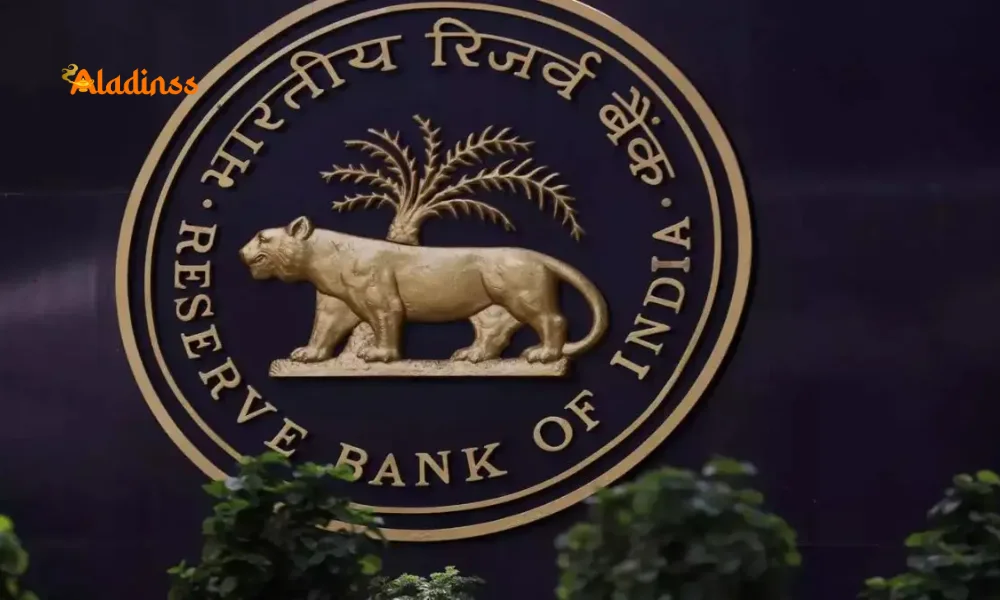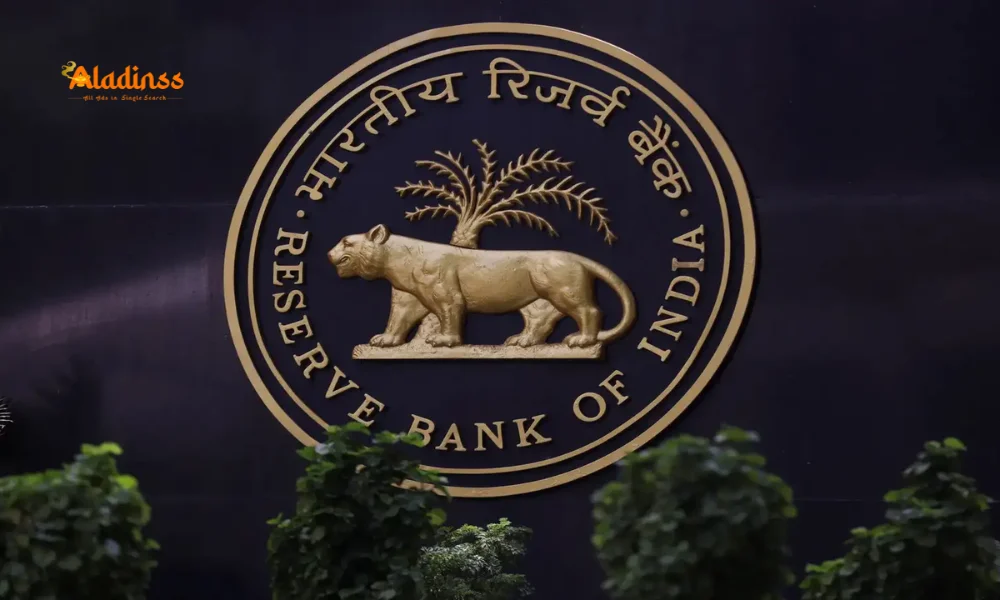How to Start Investing in India for Beginners Simple Guide

How to Start Investing in India for Beginners (Simple Step-by-Step Guide)
Starting to invest in India can feel overwhelming for beginners, but with the right guidance, it becomes a straightforward path to building wealth. Investing in India offers diverse opportunities through stocks, mutual funds, and fixed deposits. This simple step-by-step guide helps you understand how to start investing in India without confusion. Whether you are a young professional or someone new to finance, learning the basics ensures confident decisions.
The Indian market has grown significantly, with the Sensex crossing major milestones. Beginners can leverage digital platforms to begin investing with small amounts. How to start investing in India for beginners involves setting clear goals, understanding risks, and choosing suitable options. This guide covers everything from opening accounts to diversifying portfolios.

Financial independence starts with disciplined investing. In India, options like SIPs in mutual funds allow starting with as little as ₹500 monthly. Government schemes and stock markets provide avenues for growth. Educate yourself on market trends and tax implications to maximize returns.
Step 1: Set Your Financial Goals
Before diving into investments, define why you want to invest. Are you saving for retirement, a house, or education? Clear goals determine your investment horizon and risk tolerance. Short-term goals suit low-risk options like fixed deposits, while long-term goals benefit from equity investments.
Assess your current financial situation. Calculate income, expenses, and emergency funds. Experts recommend having 6-12 months of expenses in liquid savings before investing. This foundation prevents the need to withdraw investments prematurely.
Use online calculators to estimate future needs. For example, to accumulate ₹1 crore in 20 years, you need consistent investments considering inflation at 6-7%. Setting SMART goals Specific, Measurable, Achievable, Relevant, Time-bound keeps you focused.
Step 2: Build Financial Knowledge
Understanding basic concepts is crucial for investing in India for beginners. Learn about asset classes: equity (stocks), debt (bonds), and hybrids (mutual funds). Equity offers high returns but with volatility; debt provides stability.
Read books like "Rich Dad Poor Dad" or Indian-specific ones like "Let's Talk Money" by Monika Halan. Follow SEBI-regulated websites and apps like Zerodha Varsity for free courses. Knowledge reduces mistakes and builds confidence.
Grasp terms like compounding, diversification, and rupee cost averaging. Compounding turns small investments into large sums over time. Diversification spreads risk across assets. Rupee cost averaging through SIPs buys more units when prices are low.
Stay updated with economic indicators like GDP growth, inflation, and RBI policies. These influence markets. Join online communities but verify information from reliable sources.
Step 3: Complete KYC and Open Accounts
To start investing, complete KYC with Aadhaar, PAN, and bank details. Most platforms offer e-KYC, taking minutes. Open a demat and trading account with brokers like Groww, Upstox, or Zerodha.
For mutual funds, use apps like Paytm Money or directly through AMCs. Link your bank account for seamless transactions. Choose brokers with low fees and good support.
Understand charges: brokerage, STT, GST. Opt for zero-delivery brokerage for long-term stocks. Enable two-factor authentication for security.
- Submit Aadhaar and PAN for e-KYC.
- Choose a SEBI-registered broker.
- Link savings account.
- Verify email and mobile.
Step 4: Choose Investment Options
India offers various instruments. Start with mutual funds for diversification. Equity funds suit high risk, debt for low. Index funds track Nifty or Sensex passively.
Direct stocks require research. Use screener tools to find undervalued companies. Blue-chip stocks like Reliance or HDFC Bank are safer for beginners.
Fixed deposits and PPF offer guaranteed returns. NPS combines equity and debt for retirement. Gold ETFs provide inflation hedge without physical storage.
Consider tax-saving options under 80C like ELSS funds. Evaluate based on liquidity, returns, and risk. Beginners should allocate 60% equity, 40% debt initially.
Step 5: Start with Small Investments
Begin small to learn without fear. Invest ₹1,000 in a mutual fund SIP. Platforms allow micro-investments. Track performance monthly.
Use robo-advisors for automated allocation. Avoid timing the market; focus on time in market. Reinvest dividends for compounding.
Monitor but don't obsess. Review portfolio quarterly. Rebalance if equity exceeds 70%. Increase investments as income grows.
Step 6: Understand Risks and Taxation
All investments carry risks. Equity can fluctuate 20-30% yearly. Debt faces interest rate risk. Diversify to mitigate.
Taxation: LTCG on equity over ₹1 lakh at 10%, STCG at 15%. Debt taxed as income. Use tax harvesters.
Insurance is not investment. Buy term plans separately. Avoid ULIPs due to high charges.
Step 7: Monitor and Grow Your Portfolio
Use apps to track net worth. Set alerts for major changes. Consult certified planners for complex needs.
As experience grows, explore advanced options like derivatives cautiously. Continue learning through webinars and reports.
Patience is key. Markets reward long-term investors. Historical data shows Sensex delivers 12-15% annualized returns over decades.
Inflation erodes savings; investing beats it. Start today, even small. Consistency builds wealth. This simple step-by-step guide to start investing in India empowers beginners to take control.
Explore government bonds, REITs, or InvITs for income. Stay disciplined during downturns; they offer buying opportunities.
Automate investments to avoid procrastination. Celebrate milestones to stay motivated. Share knowledge but make independent decisions.
The journey of investing in India for beginners transforms finances. Follow these steps, adapt as needed, and watch growth unfold.
Additional tips: Avoid loans for investing. Ignore hot tips. Focus on fundamentals. Use CAGR to measure returns.
In conclusion, starting investing requires action and learning. This guide provides the foundation. Begin now for a secure future.
Comment / Reply From
No comments yet. Be the first to comment!









